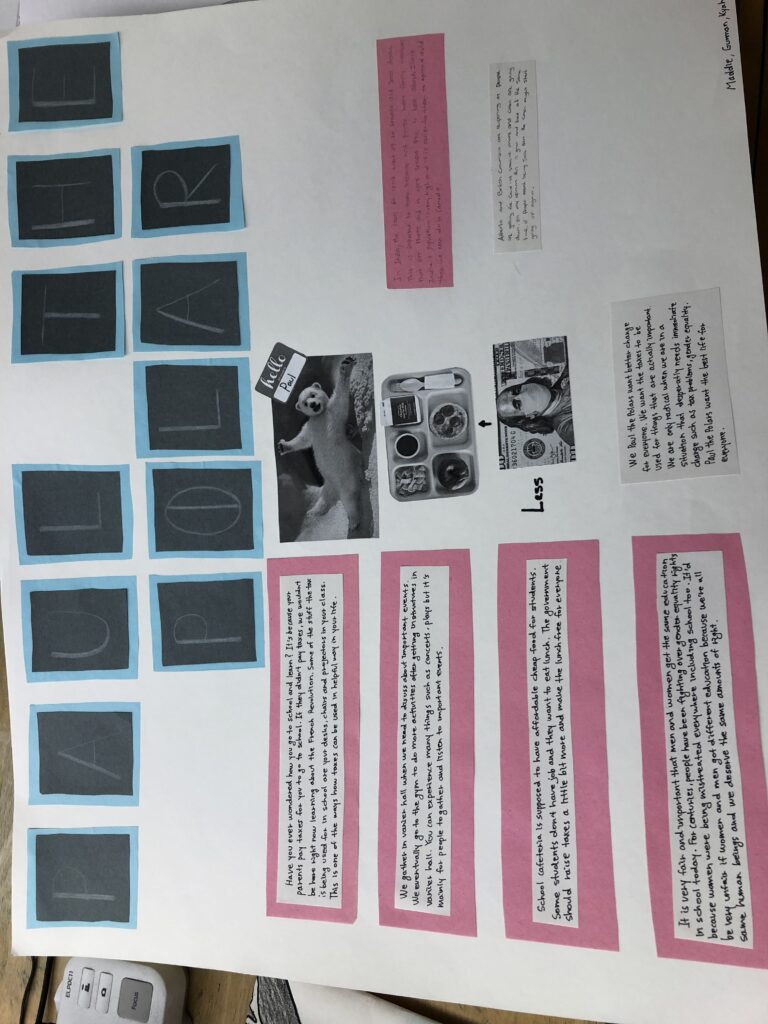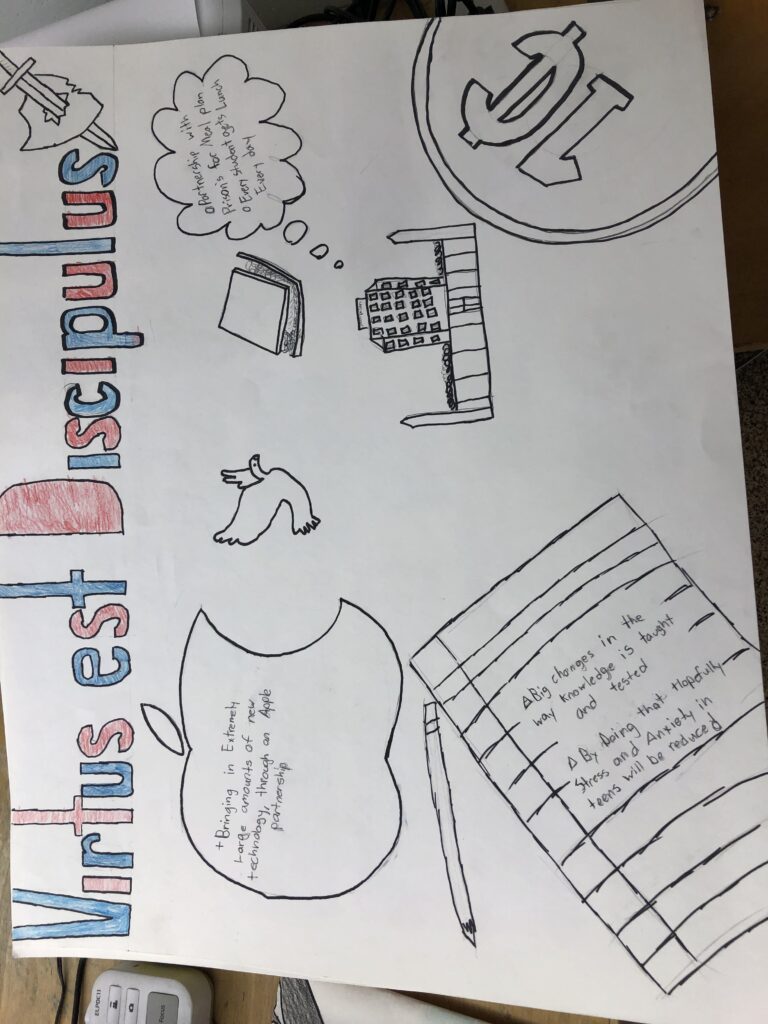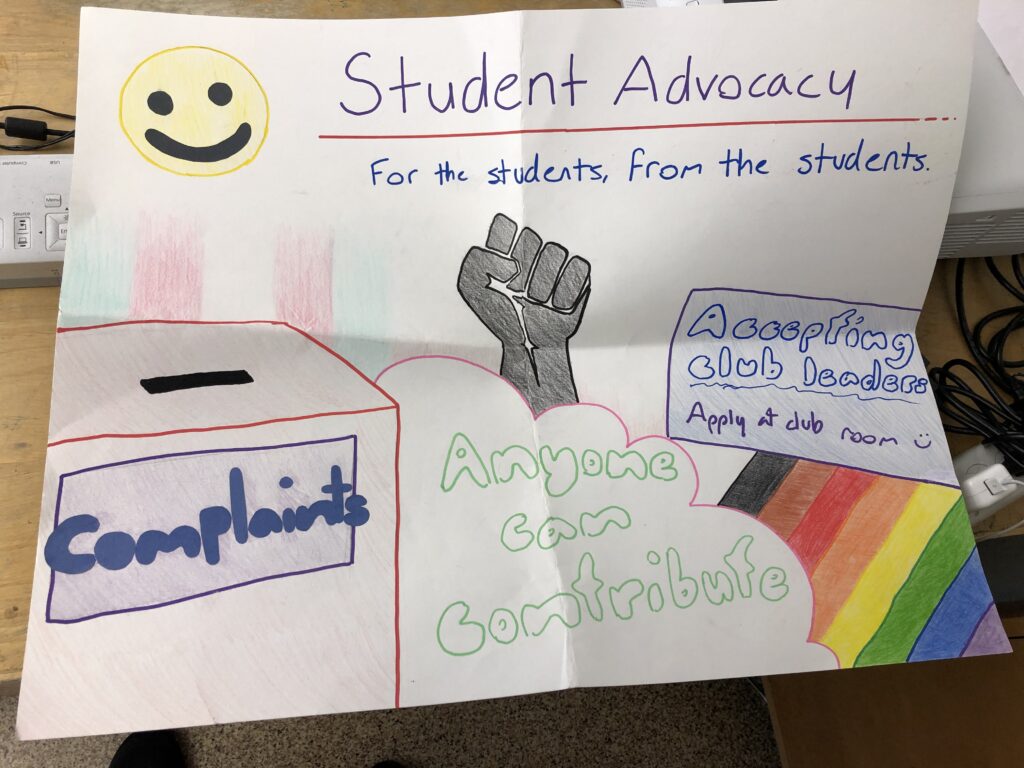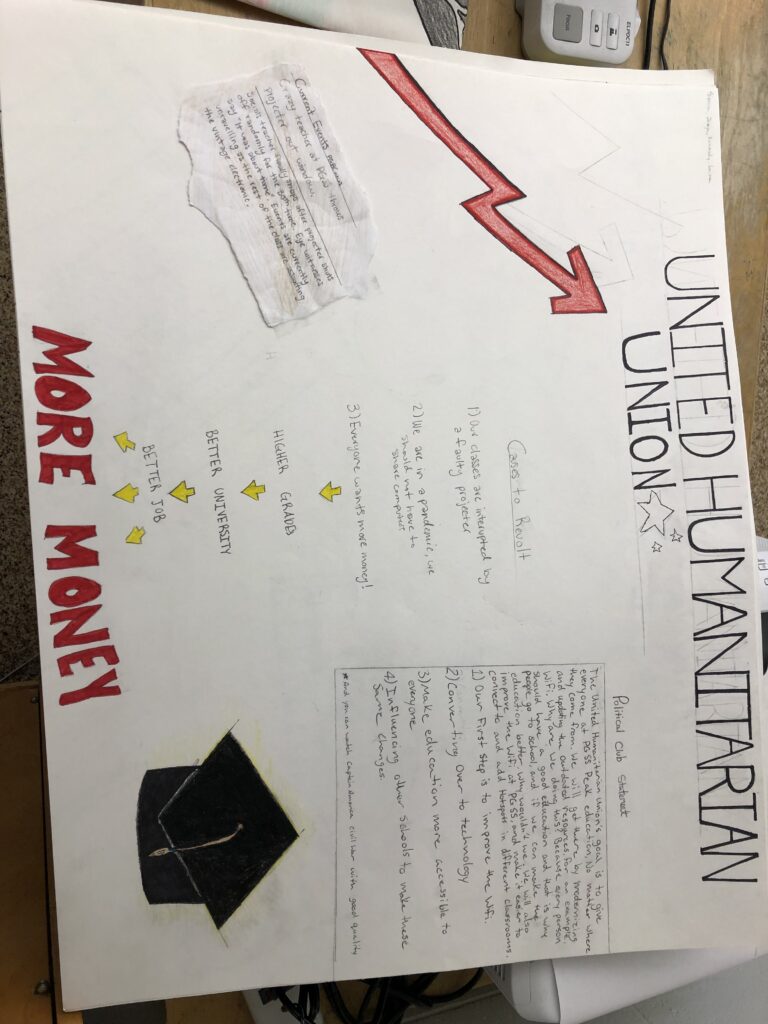When finding out that I was placed into my old high school for practicum 490, I was overwhelmed with thoughts and feelings that are hard to explain. The thought of a social studies 9 class haunted me for many nights, on top of returning to the high school I attended, I was a little worried about how things would turn out to say the least. However, after much late night thinking, which is when I am at my best, I came to one word to sum up my overall upcoming experience: process. This idea of “process” surrounded me everyday in my practicum experience, inside the classroom and out. There was not a single moment that passed by where I thought to myself, “that was easy,” because it wasn’t. This is a concept that first came to mind when finding out about my placement, navigating through several different topics that came to mind before starting, as well as throughout the experience.
I think what stood out to me the most in this practicum is the jackpot question: the learning curve of “Who am I as a teacher in charge of future generations?”. The answer I have is that quite simply, it is part of a process to still gather. There were so many fears and approaches that I played with in this practicum that, aside from just failing, succeeded in the sense that students were able to see a different side of me. There were several ways in which I could reach some students, such as educator, teacher, professional, nerd of history, fan of history youtube channels, lover of animals, fan of childhood tv shows, entertainer, theatre theatrics, and so much more. I found that I am not limited to one stagnant personality that students cannot relate to, I am more.
Another aspect in practicum 490 that I am grateful for the platform to entertain First Peoples perspectives, which has been ignored for far too long, is the activity of everyday current events. With this activity embedded into the lesson, I was able to bring important recent events to the class that could not be ignored, even though there are many who still do continue to choose to ignore our past. I thought it was imperative, but also emotional, difficult, and daunting, to choose the recent events of 215 children remains found at the residential school in Kamloops. With a heavy heart and near tears dripping down my face, I could only choose to carry on with a topic that reaches us all in some way. Bringing this to the class is exactly why “process” is such a prominent element in this practicum, which is the current path to truth and reconciliation. Although the discussion of this in a mere 19 student class serves no closure for the potential 215 potential families (with preliminary findings, so there is most likely more at this particular school), I found myself completely content in the response of my students with their empathy and compassion to such a sensitive topic, which they even noted in themselves.
With this sensitive topic in mind, I found myself as an educator reborn in the old stomping grounds that I was placed in. People, Place, and Land came full circle as I reconnected with old teachers; rekindled old relationships with basketball players; and developed new relationships with students with high aspirations. I was able to not only be viewed, but see myself in a completely different way compared to when I first went through the school as a student. Except this time as a student teacher, I completed not the “easy” path, but the hard one which was including these indigenous perspectives so I could go to sleep at night thinking I have contributed to society in a positive way.
Thinking of a few ways that students connected to this heavy topic, I tied together a political club project that they would have to complete in reference to the bureaucracy at PGSS. This connected to the political clubs formed in the French revolution, so not only were they able to see these perspectives through content, but also through application of their lives and to think about how they want to be further educated as students. The examples of their political clubs showed me that I, too, look for education as a “process” of learning not just for myself, but for all of those involved:




In conclusion, I found that being placed in my old high school was neither good nor bad, but a fully cycled learning experienced bundled up into a package of a lifelong “process”. There were a few moments where I reached the “I got this” mentality,” but there were also a few “stretches” that were equally as valuable to my learning. Ultimately, I was being pulled from the classroom to leave, as my students showed their appreciation for me, as I did for them in a safe, positive learning environment.
Leave a Reply